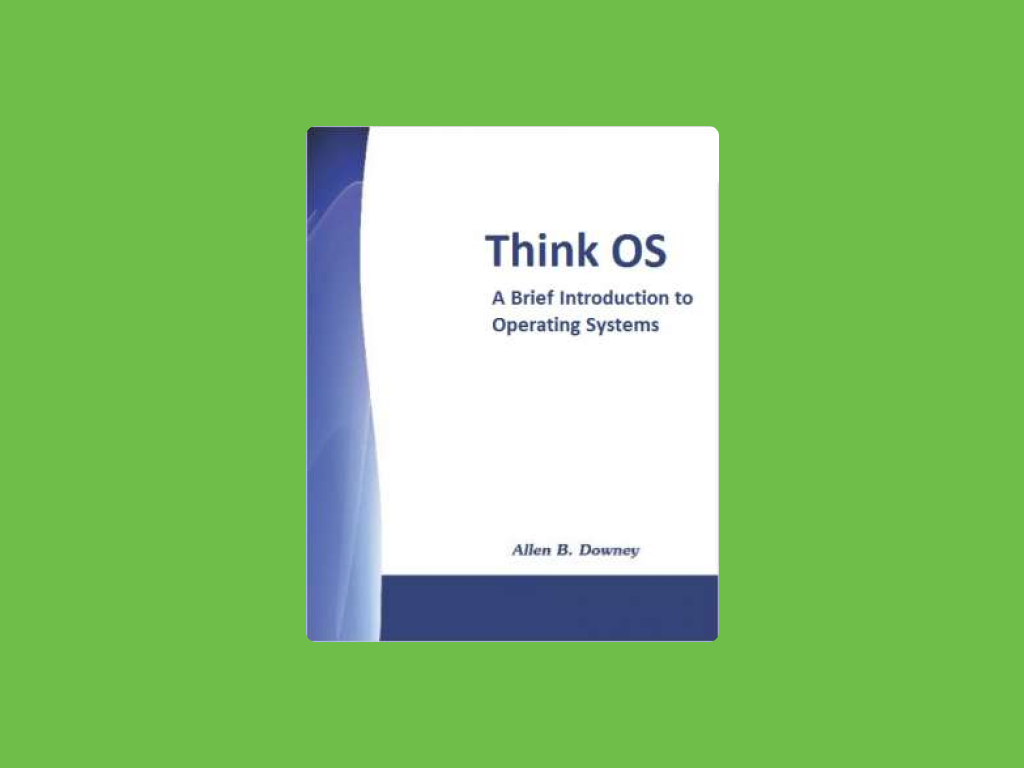Description
The Little Book of Semaphores is a free (in both senses of the word) textbook that introduces the principles of synchronization for concurrent programming.
In most computer science curricula, synchronization is a module in an Operating Systems class. OS textbooks present a standard set of problems with a standard set of solutions, but most students don’t get a good understanding of the material or the ability to solve similar problems.
The approach of this book is to identify patterns that are useful for a variety of synchronization problems and then show how they can be assembled into solutions. After each problem, the book offers a hint before showing a solution, giving students a better chance of discovering solutions on their own.
The book covers the classical problems, including “Readers-writers,” “Producer-consumer”, and “Dining Philosophers.” In addition, it collects a number of not-so-classical problems, some written by the author and some by other teachers and textbook writers. Readers are invited to create and submit new problems.
Tags
Related Books
Related Problem Sets

-
TypeBook
-
Provider
-
PricingFree
-
CertificateNo certificate
The Little Book of Semaphores is a free (in both senses of the word) textbook that introduces the principles of synchronization for concurrent programming.
In most computer science curricula, synchronization is a module in an Operating Systems class. OS textbooks present a standard set of problems with a standard set of solutions, but most students don’t get a good understanding of the material or the ability to solve similar problems.
The approach of this book is to identify patterns that are useful for a variety of synchronization problems and then show how they can be assembled into solutions. After each problem, the book offers a hint before showing a solution, giving students a better chance of discovering solutions on their own.
The book covers the classical problems, including “Readers-writers,” “Producer-consumer”, and “Dining Philosophers.” In addition, it collects a number of not-so-classical problems, some written by the author and some by other teachers and textbook writers. Readers are invited to create and submit new problems.

 Book
Book 
 Free
Free  No certificate
No certificate 
